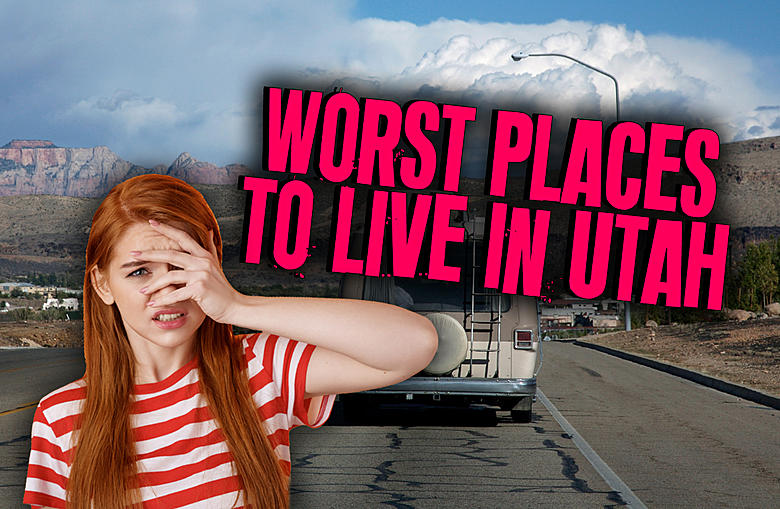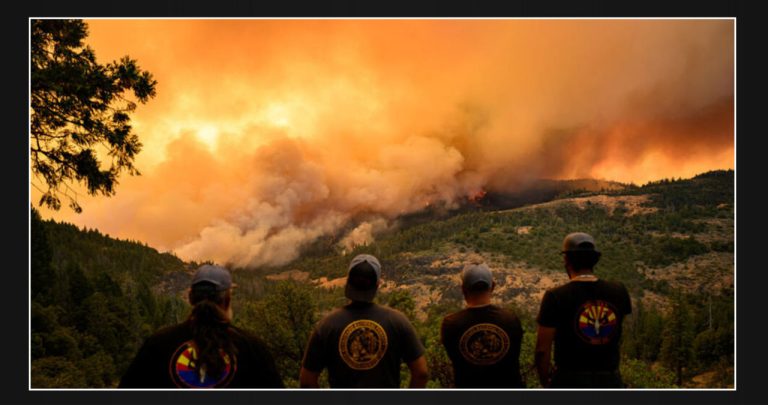Utah consistently ranks high in “best places to live” lists, thanks to its stunning natural beauty, robust economy, and family-friendly communities. However, like any state, it has locations less desirable than others. This article delves into the five worst places to live in Utah, examining factors like crime rates, cost of living, employment opportunities, education quality, and overall livability.
Methodology
This article utilizes a mix of quantitative and qualitative data to determine the worst places to live in Utah. Sources include:
- FBI Uniform Crime Reporting (UCR) Statistics: Analyze crime rates, focusing on violent crimes and property crimes.
- U.S. Census Bureau: Provide data on median household income, poverty rates, and unemployment rates.
- Niche.com: Offer insights into school quality ratings, housing costs, and resident reviews.
- Government websites: Examine local government websites and reports for supplementary information.
The 5 Worst Places to Live in Utah
1. South Salt Lake City
- High Crime: South Salt Lake’s crime rates consistently exceed both state and national averages. Violent crimes and property crimes pose significant concerns for residents.
- Economic Hardship: Poverty rates are elevated, and the median household income lags behind the Utah average. This contributes to social problems and a diminished quality of life.
- Limited Amenities: Despite its proximity to Salt Lake City, South Salt Lake offers a relatively limited range of amenities, services, and entertainment options.
2. Ogden
- Crime and Gang Activity: Ogden grapples with higher-than-average crime rates, including a notable gang presence that negatively impacts safety perceptions.
- Aging Infrastructure: Parts of Ogden exhibit aging infrastructure, contributing to a sense of urban decay and underinvestment within some neighborhoods.
- Struggling Education System: Many schools in Ogden face challenges, receiving lower-than-average ratings, potentially limiting future opportunities for youth.
3. Roosevelt
- Economic Isolation: Roosevelt is geographically isolated in eastern Utah, offering limited job prospects, and many residents must commute significant distances for better employment options.
- High Poverty Rate: Roosevelt contends with a high poverty rate, signifying economic hardship for a significant portion of the population.
- Substance Abuse Issues: The community struggles with substance abuse problems, contributing to social issues and strains on public resources.
4. Vernal
- Economic Dependence on Energy Sector: Vernal’s economy heavily relies on the oil and gas industry, leading to volatility and leaving it vulnerable to downturns in the energy markets.
- Limited Cultural Opportunities: Vernal offers a restricted range of cultural attractions, dining, and entertainment options.
- Harsh Weather Conditions: Winters can be long and severe in Vernal, affecting accessibility and outdoor activities for extended periods.
5. West Valley City
- Rapid Growth Challenges: West Valley City has experienced explosive population growth, straining infrastructure and services. This can contribute to traffic congestion, housing shortages, and overburdened public resources.
- Income Disparity: Significant income inequality exists within the city, with pockets of poverty contrasting with more affluent areas.
- Urban Sprawl: West Valley City displays the typical issues of urban sprawl, including traffic difficulties and a diminishing ‘small town’ feel.
Important Considerations
- Subjectivity: “Worst” is subjective. Some people may focus on specific factors over others (e.g., one person prioritizes safety, another desires a thriving cultural scene)
- Fluctuations: Conditions can change over time. A struggling city might revitalize; a thriving one might decline unexpectedly.
- Neighborhood Variations: Every city has ‘good’ and ‘bad’ neighborhoods. Blanket judgments paint an incomplete picture.
The Best of Utah: Alternatives
Utah is replete with fantastic places to live. Consider these popular choices:
- Park City: Mountain town with world-class outdoor recreation and a thriving arts scene.
- St. George: Rapidly growing city in Southern Utah known for its mild climate and proximity to national parks.
- Logan: Home to Utah State University, offering a college-town atmosphere and outdoor access.
Conclusion
Choosing where to live involves careful consideration of individual needs and priorities. While Utah boasts many desirable communities, it’s essential to be aware of cities with persistent challenges. This list helps prospective residents make informed decisions about where to plant roots in the Beehive State.
Important Notes
- This article aims to provide information, not to stigmatize entire cities. It’s crucial to recognize that even within less-than-ideal locations, there can be good neighborhoods, dedicated residents, and ongoing efforts to improve conditions.
- Personal values are paramount in determining what constitutes a ‘bad’ place to live. Factors like cultural vibrancy, access to specific amenities, or a sense of community may hold more significance for some than the statistical markers utilized in this piece.
Sources
- U.S. Census Bureau: https://www.census.gov/
- Niche.com: https://www.niche.com/



